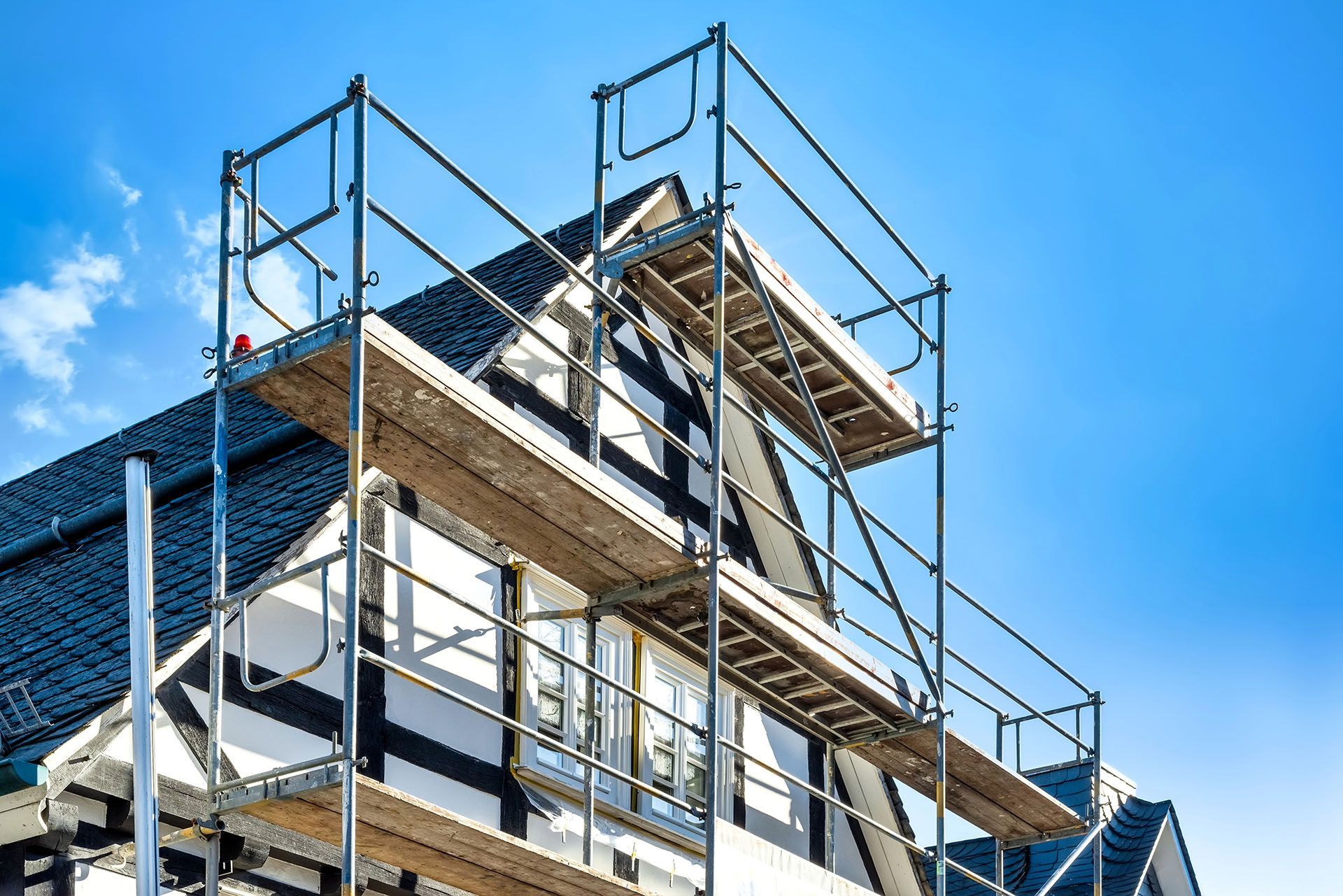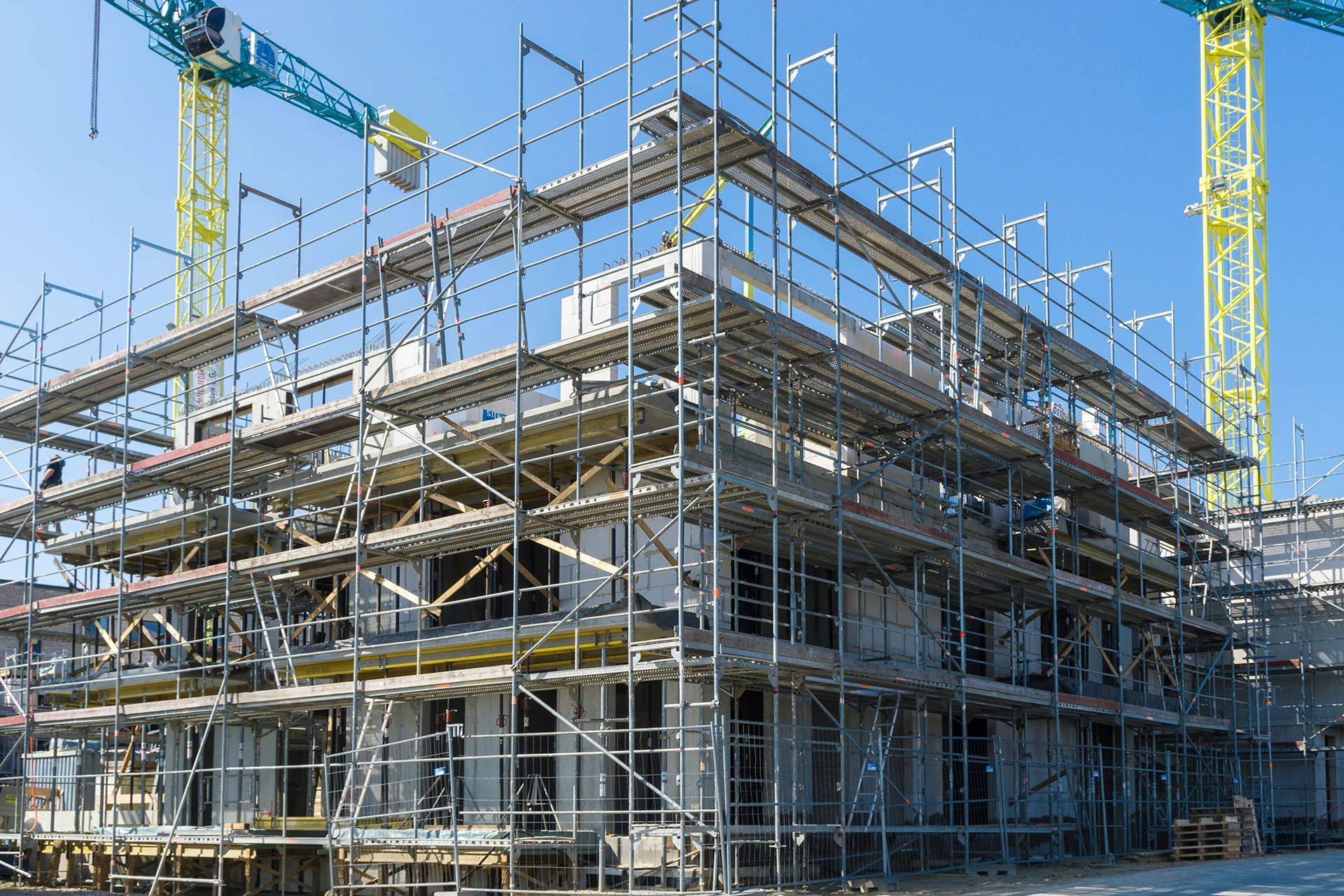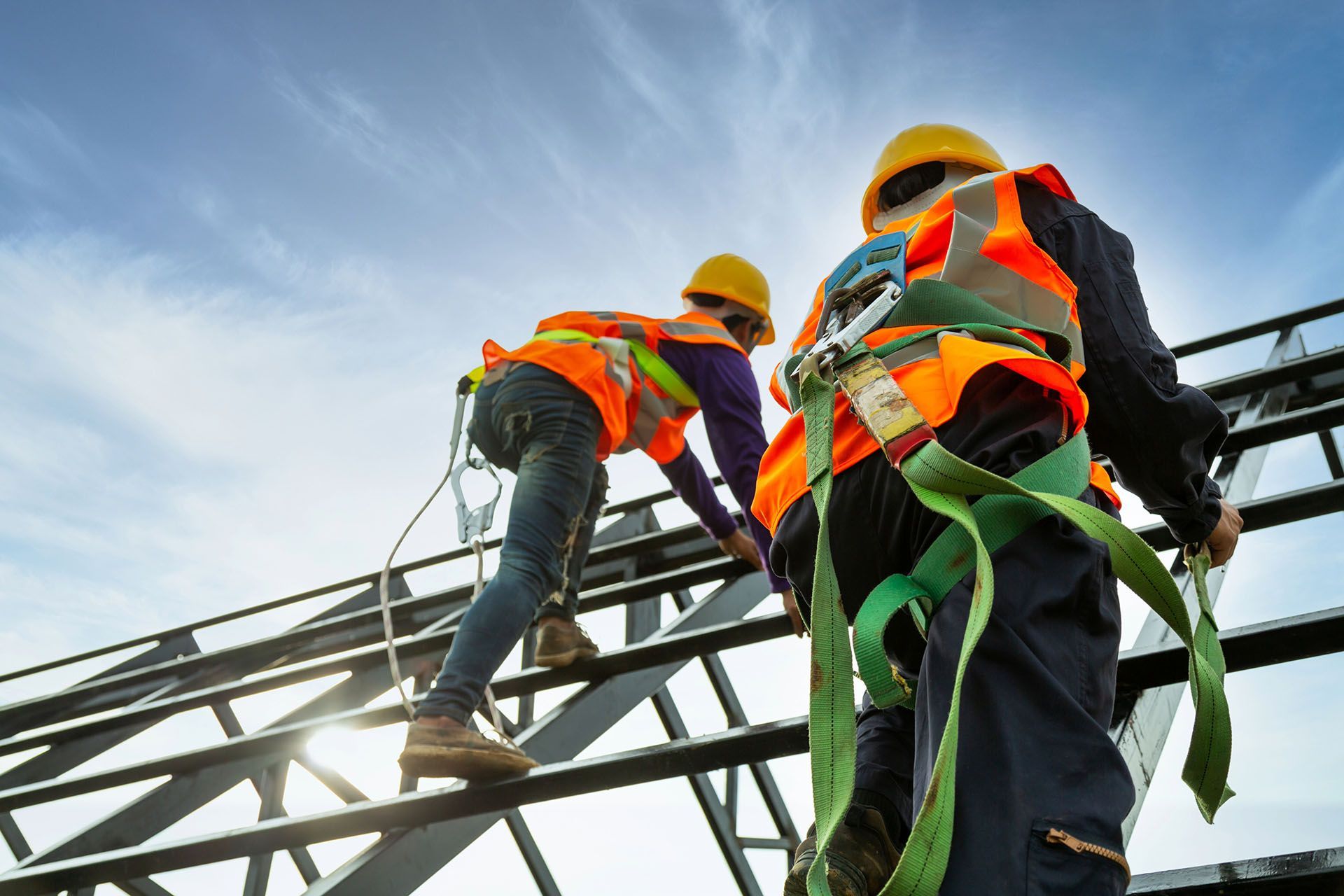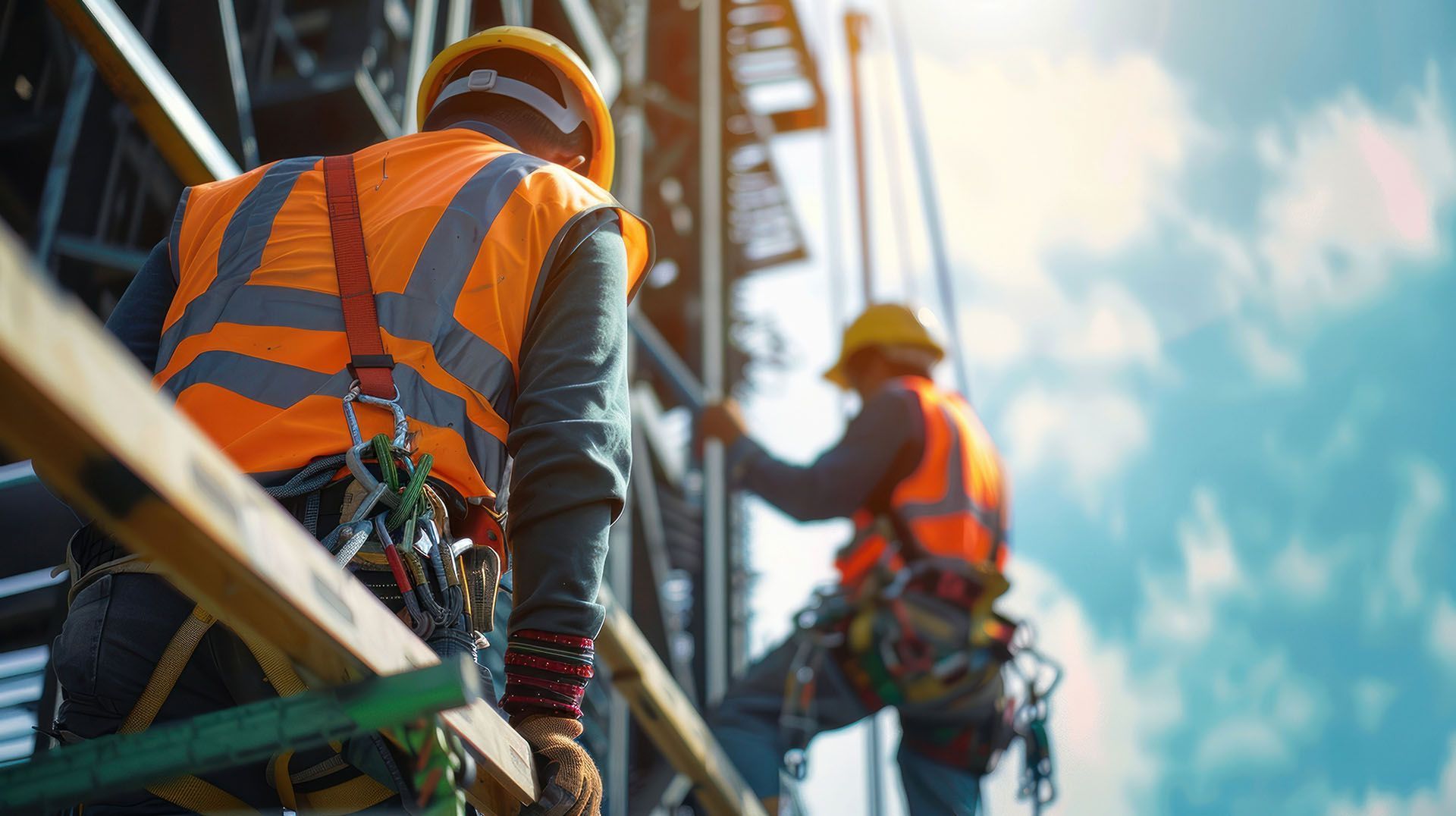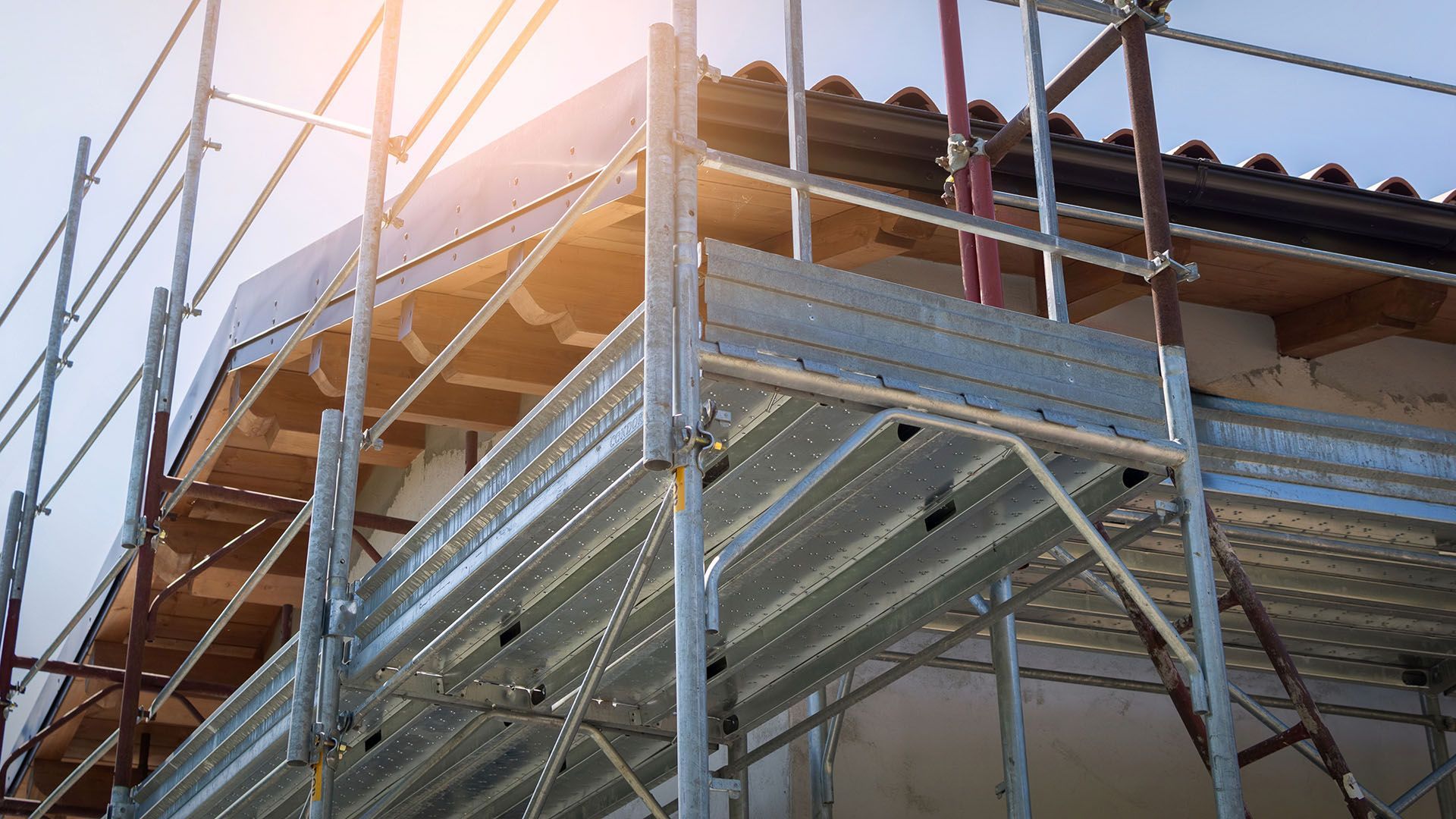Scaffolding Australian Standards: Your Questions Answered
Want to know if your scaffolding is compliant with the Australian Standards? Keeping up with these standards is not just about following the rules, but it’s an important step to keep everyone safe from risks such as falling objects, working in high winds, or operating from elevating work platforms and fixed platforms. By maintaining compliance, you can make sure your operations run smoothly and give your business a competitive edge. Whether you are a business or a scaffolder aiming to align your work with Australian Standards, this blog will answer your questions regarding the scaffolding standards in Australia.
Which Australian standards apply to scaffolding?
The AS/NZS 1576 and AS/NZS 4576 are standards that focus exclusively on scaffolding equipment. These standards focus on enhancing scaffolding safety, consistency, and quality by specifying the requirements for load-bearing capacities, structural integrity, and stability.
AS/NZS 1576
The AS/NZS 1576 consists of Australian scaffolding Standards that provide specifications and guidelines for the design, prefabrication, erection, maintenance, and use of scaffolding equipment in construction and other related activities. The standard is also applicable if you need to import, supply, assemble or dismantle scaffolding of any type.
- Prefabricated scaffolding
- Prefabricated tube and coupler scaffolding
- Metal tube and coupler scaffold
- Suspended scaffolds
- Couplers and accessories
- Prefabricated split heads and trestles
- Prefabricated vertical ladders
- Prefabricated steel stair treads
Proper adherence to these Australian Standards guarantees that scaffolding systems are designed, erected, and maintained to the highest safety standards, promoting a secure working environment in the construction industry.
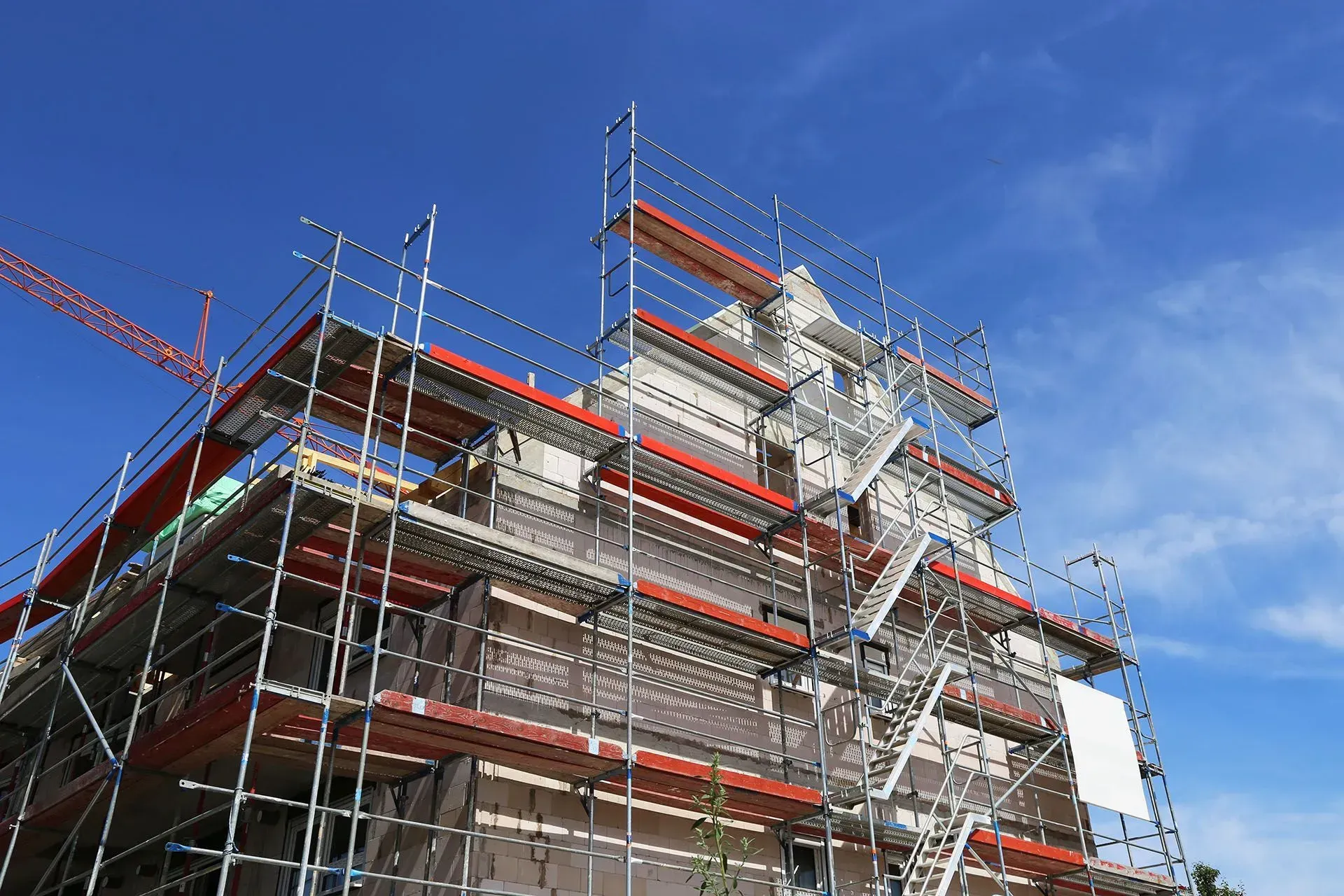
What is the Australian Standard AS 4576?
The AS/NZS 4576 consists of scaffolding standards that provide guidelines for the competency requirements for scaffolding work in Australia. It outlines the skills and knowledge necessary for individuals involved in the design, set-up, and dismantling of scaffolding structures. AS/NZS 4576 covers aspects such as training requirements, certification procedures, and ongoing assessment to ensure the competence, health, and safety of personnel engaged in scaffolding activities.
This standard offers guidance for the general use of scaffolding, including:
- Portable ladders used as access to platforms
- Portable trestle ladders supporting scaffold planks
- Ladder bracket scaffolds
- Temporary stairways, landings, ramps and other access ways
- Temporary catch platforms including covered ways, safety nets and footpath hoardings (gantries) comprised of scaffold equipment
- Temporarily installed working platforms, including swing stages and boatswain’s chairs
- Temporary loading platforms and cantilevered crane loading bays
- Temporary seating stands, stages, lighting towers and camera towers for concerts, sporting events, and so on, substantially comprised of scaffold equipment
- Mast climbing work platforms
What are the guidelines covered in AS 1576?
The AS 1576 series covers various guidelines related to scaffolding in Australia, which include:
AS 1576.1: Scaffolding - General Requirements
The AS 1576:1 outlines the general requirements for scaffolding, covering aspects such as the operational requirements for scaffolding systems, scaffolding equipment and scaffolds. It also covers specifications for catch platforms installed on scaffolds. The details regarding stairways are also applicable to temporary staircases intended for general construction site use.
AS 1576.2: Scaffolding - Couplers and accessories
The AS 1576.2 focuses on the specifications for couplers and accessories used in scaffolding. This section aims to guarantee the proper functioning and safety of the scaffolding structure, emphasising the importance of using approved couplers and accessories in compliance with the established standards.
AS 1576.3: Scaffolding - Prefabricated and tube-and-coupler scaffolding
The AS 1576.3 specifies the performance requirements for prefabricated and tube-and-coupler scaffolds. This specific standard guarantees that scaffolding systems meet rigorous criteria for stability, load-bearing capacity, and overall safety.
AS 1576.4: Scaffolding - Suspended scaffolding
The AS 1576.4 covers requirements specific to suspended scaffolds, including design, construction, and safety considerations. This standard also addresses critical aspects such as the installation, maintenance, and dismantling procedures for suspended scaffolds.
AS 1576.5: Scaffolding - Prefabricated splitheads and trestles
The AS 1576.5 specifies the requirements for the design and operational performance of splitheads and trestle ladder scaffolds that are used as supports for temporary working platforms.
AS 1576.6: Scaffolding - Metal tube-and-coupler scaffolding—Deemed to comply with AS/NZS 1576.3
The AS 1576.6 include specifications for design, construction, performance requirements, safety considerations, and other relevant aspects specific to metal tube-and-coupler scaffold systems.
Do Australian Scaffolding Standards Address Health and Safety Hazards?
Safety is a primary focus of the Australian scaffold standards. These guidelines are designed to mitigate hazards in construction sites which may involve falls, structural failures, and scaffolding instabilities. Through these standards, a comprehensive approach to work health and safety is put in place to ensure the wellbeing and safety of individuals in the construction industry.
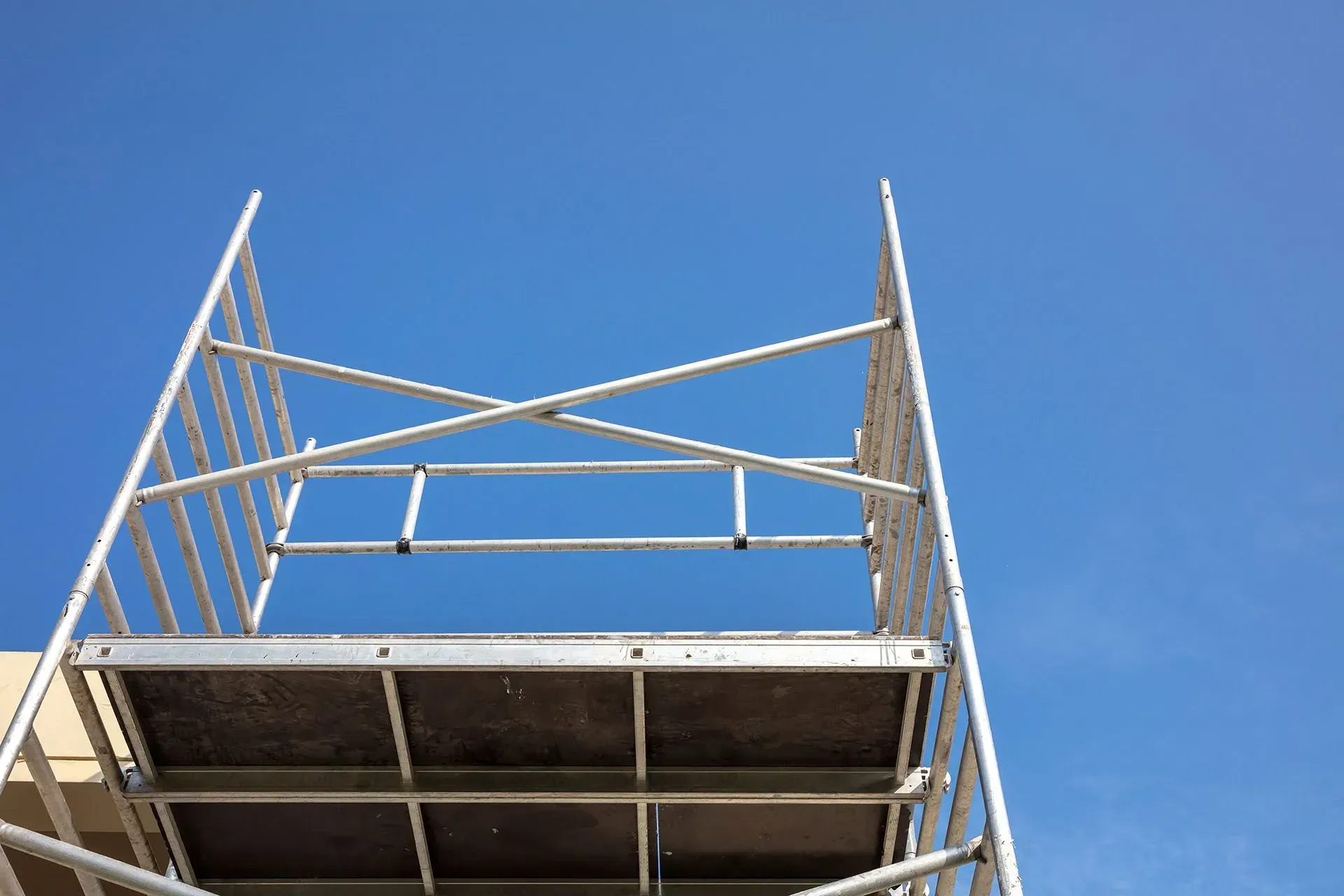
Final Thoughts for the Construction Industry
The scaffold Australian standards are guidelines that help professionals understand the best practices and safety measures in scaffolding. By staying informed of these standards, businesses and scaffolders can create a workplace where everyone's welfare is guaranteed and potential hazards are minimised. For your construction projects, opt for a fully insured scaffold hire service to make sure that the scaffolding you use is up to date and compliant with the Australian standards.
At Crewscaff, we are a trusted scaffold hire in Wollongong that proritises safety above all. We don't just provide scaffolds but we ensure that each structure we deliver adheres meticulously to the AS/NZS 1576 and AS/NZS 4576 guidelines. Get in touch with us to hire us for your next project.

